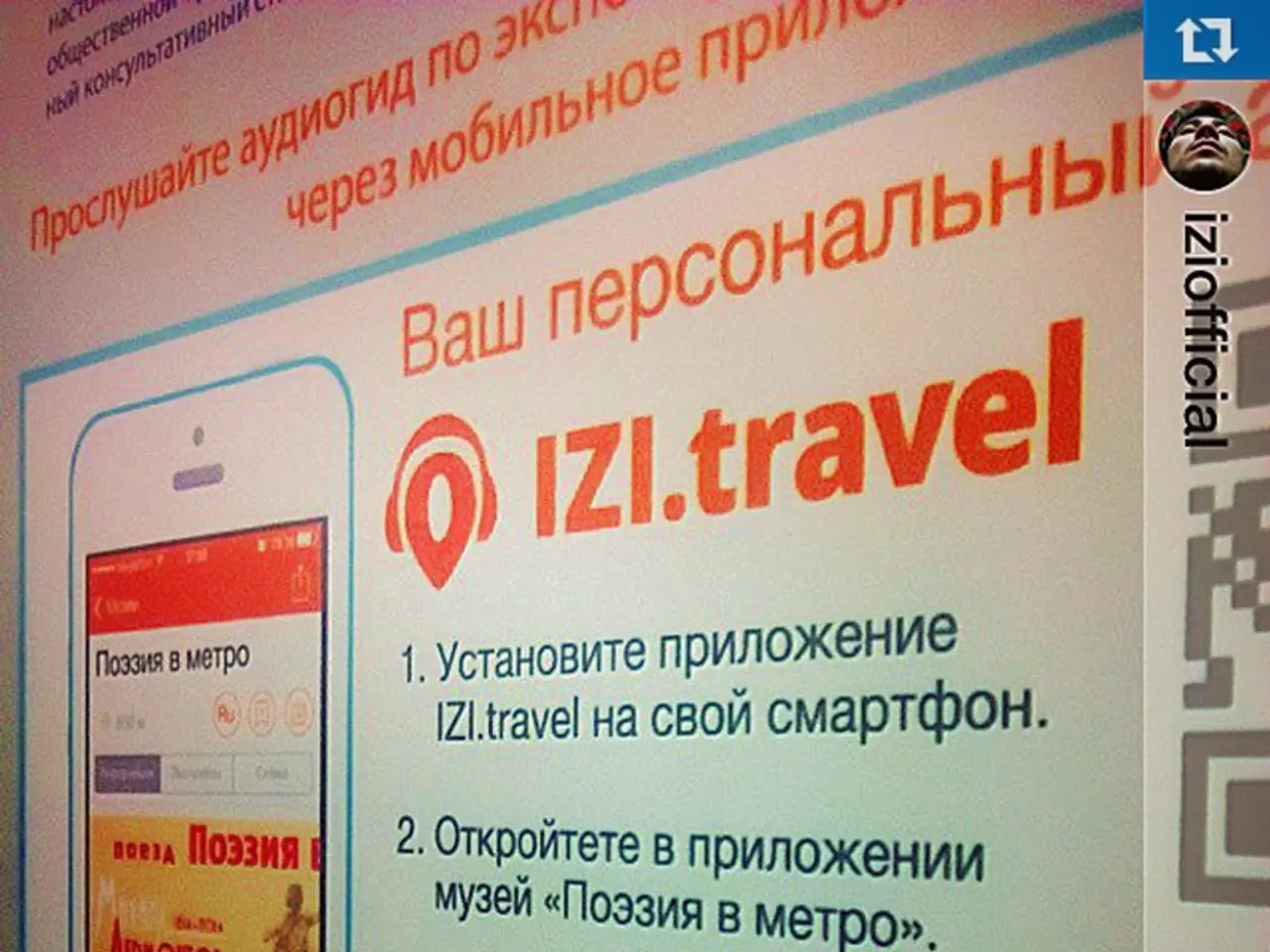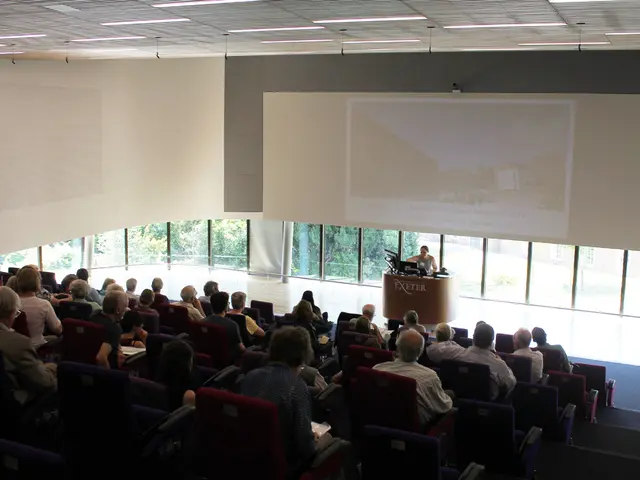Redefining Paid Time Off in Advertising Sector: A Step Towards a Novel Norm
In the wake of the COVID-19 pandemic, the landscape of paid leave and vacation usage in the United States has undergone significant changes, particularly at the state level. As of mid-2025, 27 states and the District of Columbia have implemented private paid leave programs for employees, reflecting a growing trend towards providing paid family and medical leave through either state-run funds or insurance-based plans.
One study conducted in July 2020 on over 2,000 workers highlighted the impact of the Coronavirus on American employees' vacation plans in 2020. The research revealed a notable trend of American employees altering their vacation plans, with an overwhelming majority canceling, postponing, or shortening their vacations due to the pandemic.
The issue of American employees not taking vacations has been a long-standing concern. Some factors contributing to this trend include guilt, trouble disconnecting from work, and employer pressure. Richard Branson, the renowned entrepreneur, has criticized U.S. vacation policies, describing them as "something of a disgrace."
Prior to the pandemic, an individual who has been in the advertising industry since 2003 held the belief that PTO standards were adequate, although not optimal. However, the pandemic has shed light on the inadequacies of current vacation policies, particularly in comparison to other developed countries.
The U.S. remains unusual among developed countries for lacking federally mandated paid vacation or sick leave, resulting in significant disparities dependent on employer policies. American workers generally have fewer statutory paid leave days compared to workers in many other nations.
According to the U.S. Bureau of Labor Statistics and other sources, private industry workers in the U.S. average around 11 vacation days after one year of employment, increasing to 15 days after five years, and 20 days after 20 years of tenure. However, these figures do not guarantee a consistent standard across all employers, and many workers still lack comprehensive paid leave and vacation benefits.
The variability in paid leave contributes to large differences in annual work hours across American workers, sometimes exceeding an 8-week difference between those with the most and least time off. This discrepancy highlights systemic inequities in access to leave and vacation benefits.
State programs' wage replacement rates for paid family leave typically range from 50% to 80% of wages, with some states setting weekly maximum benefit amounts to support lower-income workers. Despite these expansions, as of 2024 only about 27% of private industry employees had access to paid family leave insurance, indicating significant gaps in coverage among the workforce.
In summary, since the pandemic, the U.S. has seen a patchwork of state-level paid leave initiatives growing, yet many workers — especially in the private sector — still lack comprehensive paid leave and vacation benefits. The ongoing developments in state legislation and insurance programs indicate increasing recognition of paid leave’s importance, but substantial disparities remain when compared to international norms and within the U.S. workforce itself.
- Science could examine the health-and-wellness implications of inadequate paid leave and vacation benefits in the workplace, considering factors like stress, productivity, and employee morale.
- As business growth and finance are reliant on a healthy and motivated workforce, it may be advantageous for organizations to prioritize workplace-wellness initiatives such as paid leave programs and health-and-wellness resources to boost employee satisfaction and productivity.





